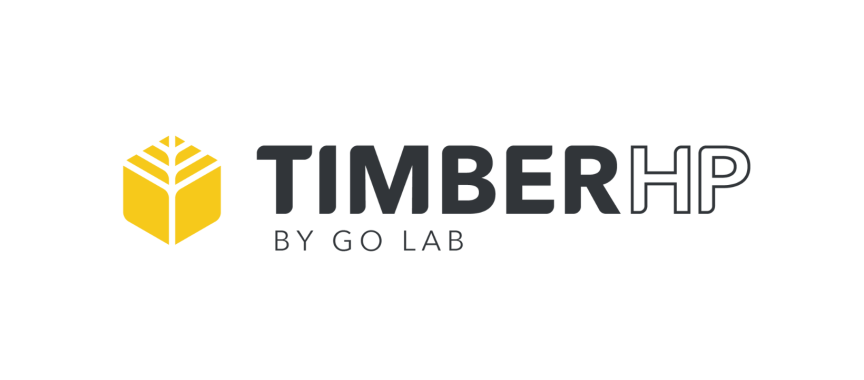
CEO
TimberHP by GO Lab, Inc.
What differentiates wood fiber insulation from traditional insulation such as spray foam and foam board?
TimberHP’s line of blown-in, batt, and board insulations originates from softwood chips left over from lumber production. TimberFill, TimberBatt, and TimberBoard can stand alone as drop-in replacements for other above-grade insulation products; or they can work together to satisfy all cavity and continuous needs for a complete solution.
Wood fiber insulation yields assemblies with industry-leading, flexible moisture management. When walls and ceilings are vapor open, not only is the building protected from unwanted moisture build up, but indoor humidity can be buffered, leading to increased comfort and better air quality. Since 85% of our time is spent indoors, we tend to look closely at the chemical composition of materials used in our buildings. Better indoor air quality supports quality sleep, focus, and better health.
TimberHP’s wood fiber insulation costs the same or less than other products on the market, while supplying many added benefits. It is a marriage of environmental sustainability and cost competitiveness that comes at a critical time, as more stringent building codes demand that structures use less energy and leave less of a carbon impact.
What types of products does TimberHP provide to the construction industry?
TimberHP will offer three insulation products:
- TimberBoard—an exterior continuous insulation board for above-grade walls and roofs
- TimberBatt—a flexible, press-fit batt insulation for wood frame stud cavities
- TimberFill—a blown-in insulation for attic spaces and wall, floor, and roof cavities
What are TimberHP’s sustainability objectives, and how will they contribute to a reduced carbon footprint?
Wood fiber insulation is made from small-diameter, low-value trees and residual wood chips that pile up at lumber mills daily. We process this leftover wood into wool-like fibers, add nontoxic adhesives and/or fire retardants, and form it into innovative, highly efficient insulation.
Our raw materials come to us with very little carbon burden. Transportation is minimal vs other products on the market such as glass, sand, and chemicals for foam. Unlike other insulations that are derived from fossil fuels, our products are biogenic, nontoxic, and biodegradable.
Our cost-competitive, wood fiber insulation products are good for our customers and good for the planet. Buildings account for 39%* of all greenhouse gas emissions. Reducing and reversing the acceleration of global warming happens by making carbon smart choices. TimberHP captures and stores the CO2 inherent in wood products which allows us to lock up carbon for the lifetime of the installation while growing more trees to sequester additional carbon. TimberHP products are carbon negative from day one, helping all of us reduce our carbon footprint.
What resources, partners, and companies have been helpful to TimberHP as it has continued to grow?
In TimberHP’s early years, grant-funded research and collaborations with European manufacturers wood fiber insulation determined the entire product line could be manufactured more affordably in the U.S. due to much lower raw material and energy costs. As the company began raising the funding to bring wood fiber insulation production to Maine, co-founders Josh Henry and Matt O’Malia have had the privilege of meeting many dynamic people from the forest products industry, many of whom are running third-, fourth-, and fifth-generation companies carrying on a heritage born from the State’s immense wood basket. Many became TimberHP investors. Their support is born from a common interest to see greater stability in the industry by increasing the diversity and long-term profitability of the products we manufacture. Wood composites, like wood fiber insulation, are a scalable, high value offering that can help breathe new life into manufacturing in our State. We hope to serve as an example to other entrepreneurs and growing manufacturers, showing them how Maine, its forest resources, and the expertise of its people can support innovation across the wood products industry.
What are your plans for growing TimberHP in the next few years?
In the near term, Timber HP is working towards a strong launch of its Madison plant in 2023, with TimberFill, TimberBatt and TimberBoard entering the insulation market in the Northeast in Q1, Q2 and Q3, respectively. Over the next decade, the company plans an expansion to multiple manufacturing sites in other wood basket regions across the country.
By submitting this form, you are consenting to receive marketing emails from: . You can revoke your consent to receive emails at any time by using the SafeUnsubscribe® link, found at the bottom of every email. Emails are serviced by Constant Contact
Last modified: September 7, 2022






